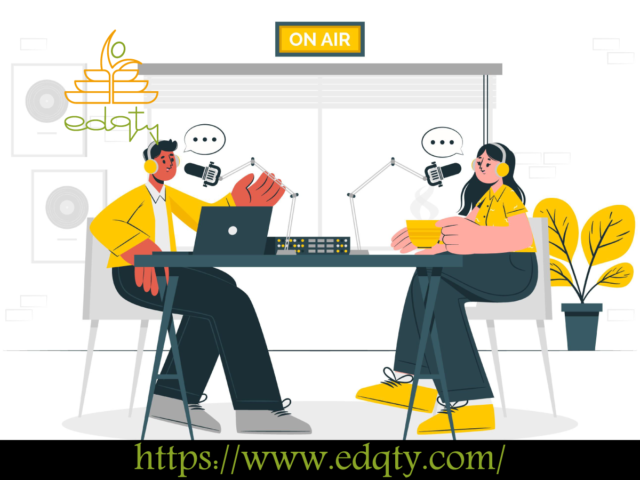Introduction: Podcasts in Education
Imagine a classroom where students sit quietly at their desks, yet they’re fully engaged and focused. You stand back, also silent, observing their intense concentration. They’re not completing a worksheet or watching a video. Instead, they’re immersed in listening. A podcast plays from speakers at the front, and you notice how students react to each twist in the narrative. Sometimes they laugh over a joke, sometimes they gasp in surprise. Their brains burst with vivid images as if they have stepped into another realm of imagination. This noise-free but attentive environment clearly shows the power of audio. Featuring podcasts in education will encourage students with stronger listening skills that can better develop their reading strength. With a screen-free, story-based approach, students learn in a new and fresh manner while exploring.
The Science Behind Listening: How It Impacts Learning
The art of listening is an active learning process developed progressively. You may think you absorb everything you hear unconsciously, but research states that true comprehension of language takes focused attention. Audio-based learning addresses this principle by capturing students’ imagination. This is how they develop mental images mirroring what they hear. Every time they listen to narratives and conversations, ideas connect with the sights and even emotions going on in their minds. That type of engagement can boost reading comprehension in surprising ways. Combined with decoding skills, listening comprehension stands out as a critical ingredient for academic success. It works for learners at every age.
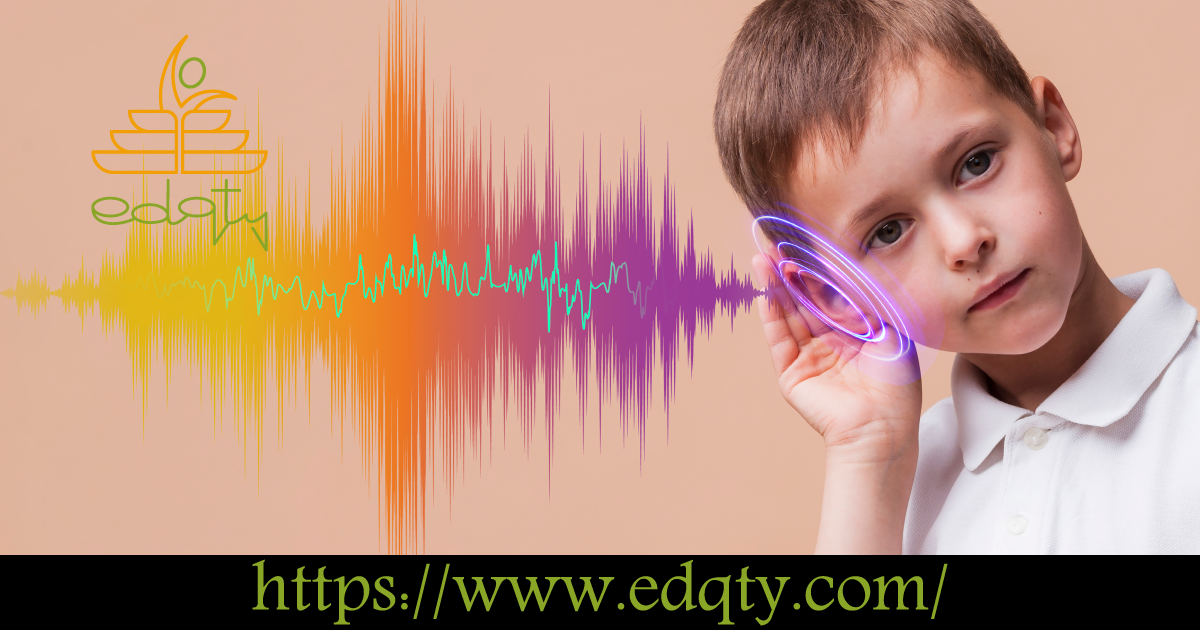
Researchers such as Gough & Tunmer argue that reading is decoded and language based. When decoding skills are gained, listening becomes the more robust factor in determining comprehension of texts. Tiffany Hogan, a noted literacy researcher, notes that the variation in reading comprehension often corresponds directly to listening by eighth grade. This also means that the older students have a lot to gain from fluent language listening. Listening enhances vocabulary development, awareness of grammar, and syntax knowledge. Students form deeper connections to the content they study. Introducing more listen-only experiences will boost the learning potential in students. Science has it: listening has a long-term value in classrooms.
How Listening Shapes Brain Function and Memory Retention?
Listening engages multiple brain regions, evoking mental images known as your “movie in the mind”. Cognitive scientist Benjamin Bergen observes that we hear sounds using the same neural pathways that process real sounds. This immersion also aids social-emotional development. Researchers associate story engagement with increased psychological safety. Students feel less anxiety and connect more deeply with content when listening.
The Role of Listening in Multilingual Learning and Language Development
Audio provides equal access to curriculum for English learners. Everyone hears the same text, even at different levels of comprehension. This means no one gets left behind with simplified reading passages. With appropriate support, listening helps them acquire authentic language use. It also enhances background knowledge that is very important for success in a second language. As they listen, they expand their vocabulary and develop confidence in communication in real-life situations.
Why Podcasts Are an Effective Teaching Tool?
Podcasts in learning are not anything new, but they bring about fresh possibilities. Audio-based learning has been present for decades and comes in several forms, ranging from radio shows to recorded books. Podcasts, however, present authentic language, natural conversations, and alternate perspectives. From history to science, mindfulness to literature, a wide range of topics is out there. In fact, several creators design the episodes to captivate attention using storytelling and comedy. The best part is, these resources mostly come at a zero cost. Students gain educational value without any added fees. That’s a huge plus for any classroom budget. When used thoughtfully, podcasts become a powerful tool that enriches traditional methods of teaching.

Why Students Love Podcasts: Engagement and Entertainment in Learning
Surprisingly, children already tune in to podcast episodes. Statistics show one in four regularly listens for enjoyment and learning purposes. Many people do so because podcasts spark their curiosity and are entertaining. Others like them during quiet moments. Some appreciate their educational and engaging nature. For teachers, it is also important that listening complies with the new curriculum, which makes its introduction into regular lessons easier.
Podcasts Provide Learning Flexibility: Screen-Free and Portable
Unlike video or computer-based assignments, audio materials don’t require the student to have a fixed seat or face a computer screen. The student can listen while putting away supplies, walking across campus, or working on artwork. This flexibility easily accommodates more learning styles and minimizes screen time fatigue. You can easily work these experiences into routines, like tidy-up time or short breaks. That keeps students engaged with podcasts in education in a relaxed, friendly manner.
Mindfulness and Podcasts: A Tool for Student Well-being
Some programs walk students through breathing exercises, soft stretches, and reflective moments. This can lead to calmness and focus before or after classes. Mindfulness podcasts promote emotional well-being by combining movement with guided storytelling. They allow learners to feel comfortable while staying attentive to audio content.
Encouraging Creativity and Critical Thinking Through Podcasts
Some creators structure episodes to prompt hands-on investigations. Students might listen while observing nature, recording reflections, or drawing visual notes. That amplifies critical thinking and creativity. For example, a podcast might challenge them to ask questions or solve riddles, creating a dynamic atmosphere for deeper learning.
Using Podcasts to Teach Current Events and Real-World Issues
Podcasts don’t just teach static subjects; they also tackle breaking news and ongoing issues. News-style shows adapt quickly to current affairs, turning them into bite-sized lessons. This approach lets you start class with a brief audio piece that sparks lively discussions. Some podcasts, like KidzNuz or The Ten News, include comprehension quizzes or fun trivia. Others, like Newsy Pooloozi, spotlight global headlines from diverse viewpoints. Even imaginary events can refer to real events; this allows students to make stories relevant to their lives. Discussing recent events with the students encourages them to think critically and be good citizens. It’s a new way of being updated.
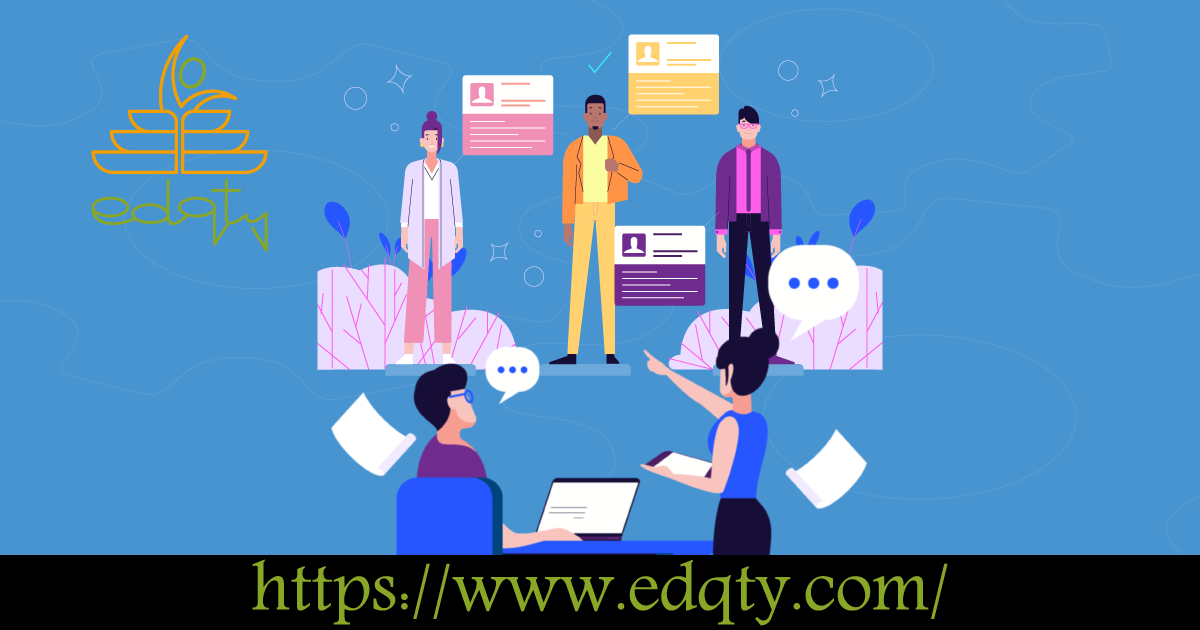
News-Based Podcasts: Making Current Affairs Accessible for Students
Short daily or weekly episodes lead the students through news headlines without overpowering them. KidzNuz throws in a quiz; listeners can confirm their understanding instantly. The Ten News confines itself to ten minutes, interjecting serious and fun facts along the way. Newsy Pooloozi brings back global stories through multiple angles. These shows perform well as a class discussion or group project opener, but also for individual written reflections.
Exploring Diverse Perspectives Through Podcast Storytelling
Shows like At Your Level take personal topics like birthdays during a pandemic. Others, like Stoopkid Stories, follow fictional characters dealing with social media challenges. The Imagine Neighborhood dedicates whole arcs to race and identity themes. These diverse voices help students see modern issues through fresh lenses.
Choosing the Right Podcast Length for Your Lesson Plan
You can mold podcasts in education to fit any schedule. Make it a short five minutes or push it to half an hour or more. Short episodes would be great for fast warm-up activities or transitions to lessons. Longer shows can be used as anchors to delve deeper into more complex topics, such as science or literature. Designers such as Pamela Rogers create brief segments, such as fun word challenges, to use in the classroom. Others create 20-minute explorations that cover more ground. Flexibility in audio-based learning allows you to pick episodes that match your teaching goals. Whether it’s a mini-lesson or an entire unit, podcasts have you covered.
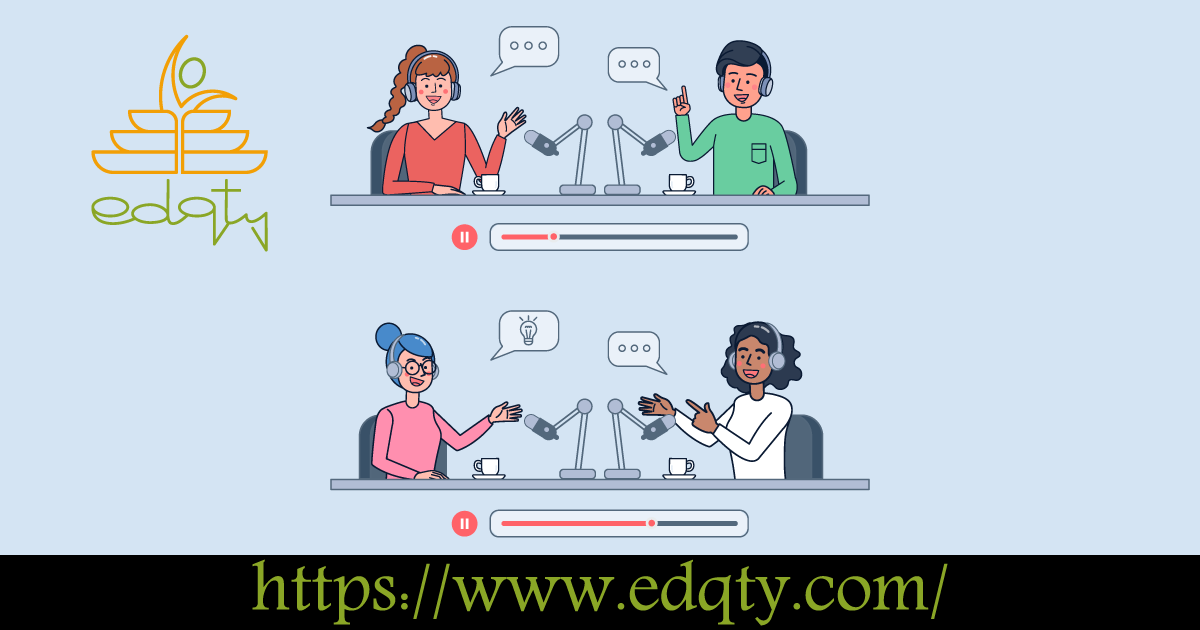
Short-Form Podcasts: Quick Learning Bursts for the Classroom
Some podcasts clock in under ten minutes, which makes them just the right fit for short attention spans. Buttons & Figs has playful word challenges in approximately five-minute pieces. What Will She Do Next sometimes provides a 10-minute version of some of its women’s history episodes. These brief chunks allow you to address listening standards without using up other aspects of class time. They’re great for transition moments or when you need brief skill-building times.
Medium-Length Podcasts: Deep Dives into Engaging Topics
More solid lessons come in at 15 to 20 minutes. Tumble, for instance, uses 15-minute science stories that fit into class segments very well. Book Club for Kids and The Fina Mendoza Mysteries run for about 20 minutes, but teacher feedback seems to drive that. That length of time is just right for subjects that want a little more depth than just quick listens.
Customizing Podcast Use with Alternative Formats
Sometimes, you need a more compact version of the larger audio. Listenwise is one such platform that collects stories from NPR and other podcast systems and cuts them short into a five-minute timeframe perfect for use in the classroom. This saves time in planning as the episodes already come with transcripts, comprehension questions, or quizzes. It supports teachers’ efforts at integrating listening practice into lesson goals in ELA, social studies, or science all within a quick time frame.
You Might Like: Cognitive Abilities in Child Development: Parent Guide
Podcasts as a Tool to Meet Educational Standards
Many state and national standards include listening as an essential part of literacy instruction. In some places, part of standardized testing assesses the ability of students to understand audio material. This makes podcasts in education even more relevant. You strengthen listening endurance for test conditions by playing good-quality episodes regularly. After every segment, you can ask the students to summarize the main idea or draw conclusions. This direct practice aligns with objectives in Common Core and other frameworks. Furthermore, when you integrate audio-based learning into science or social studies lessons, you’re covering multiple benchmarks without juggling separate activities.
Where to Find High-Quality Educational Podcasts for Students?
With so many options available, you might wonder where to begin. Fortunately, multiple platforms simplify the task of discovering kid-friendly podcasts. Some focus specifically on educational content, while others host a wide variety of family-friendly audio. Most are free or offer free trials, which is great for classroom experimentation. By exploring these hubs, you can find episodes aligned with your lesson plans. Whether you are looking for short, rich stories or deeper discussions, there is a platform to help you. Here are four recommended resources that highlight quality podcasts in education: check them out to find a good fit for your classroom goals.

1. Kids Listen: A Podcast Hub for Young Learners
This is a nonprofit organization that supports high-quality podcasts for kids. Its app is categorized by age, topic, and even hand-curated playlists. Kids Listen Activity Podcast includes sample episodes and activities. There are programs about science, storytelling, and many other subjects. Teachers will find discussion questions that encourage imaginative classroom activities. Kids Listen University features extensive lesson plans that allow podcast use in a seamless integration with daily or weekly lesson plans.
2. Listenwise: NPR and Curriculum-Aligned Podcasts for Schools
Listenwise features a large collection of curriculum-aligned podcasts for grades 2 through 12. This includes NPR segments and other professional audio pieces with interactive transcripts and quizzes. Lesson planning is streamlined by sorting topics or standards. Many features are unlocked with a free teacher account, but additional tracking options come with a Premium plan. The resource is good for ELA, social studies, or science classes that incorporate real-world applications.
3. School Library Journal: Expert Podcast Recommendations for Classrooms
Librarians Pamela Rogers and Anne Bensfield frequently feature “Kidcasts” in their column. They include themed lists of recommended episodes-Black Changemakers, Poetry, or Mindfulness, for example. Teachers can wade through the world of audio-based learning with some guidance from the articles. There is also a handy poster with top classroom-ready shows. Through these curated recommendations, you cut down on hours spent searching for kid-friendly titles. It is an effortless way to add new podcasts to your library.
4. PINNA: Ad-Free Premium Podcasts for Student Learning
PINNA is a subscription service with ad-free audio for 3 to 13 years old. It is adding more music, audiobooks, and original podcasts. Teachers can sign up for a free trial to see if it works well for their curriculum. Because it is a paid service, you will get only exclusive series you will not get anywhere else. The app categorizes the content by age range, so it helps educators choose the right episodes for a particular grade level or objective.
How to Integrate Podcasts Into Your Teaching Routine?
Podcast material selection begins with curriculum goals. Determine the key topics you want to reinforce and then search for platforms that have episodes that match those standards. If you are teaching history, find narratives about important events. For science, select shows that explain concepts through stories or interviews. This targeted approach saves time and boosts student engagement. Students often respond best to podcasts linked to their daily lives or future ambitions. Keep track of length, tone, and complexity. Select episodes with clear narration, moderate pacing, and relevant vocabulary. By matching content to both standards and student interests, you lay a foundation for successful audio-based learning.
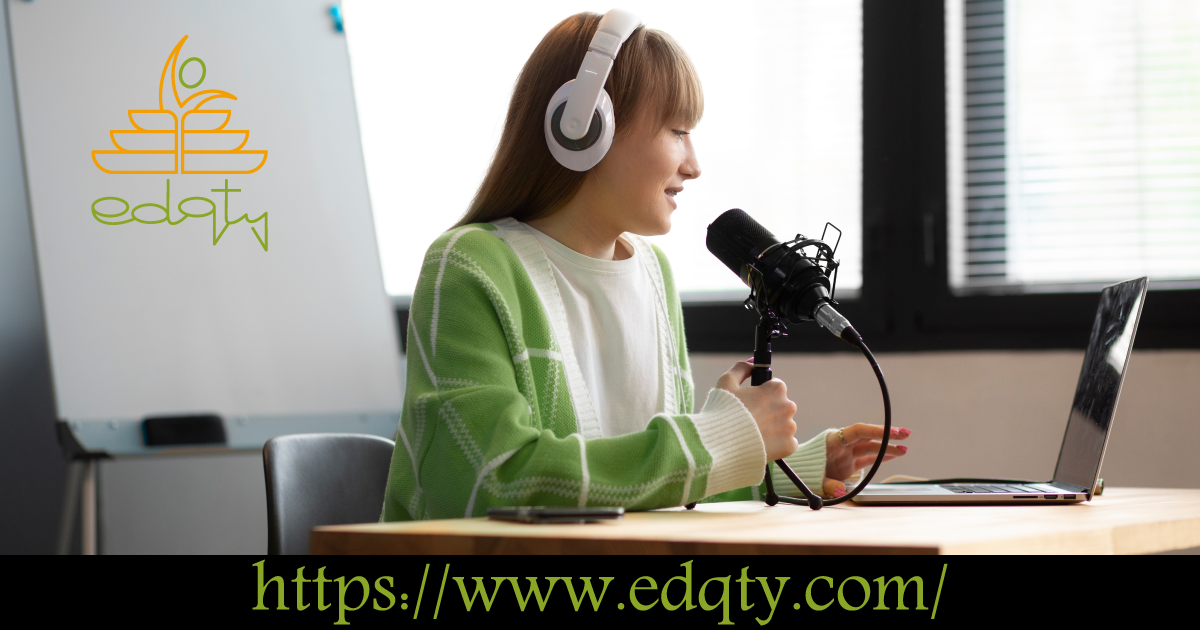
Organize listening time just as you plan for reading activities. Consider “listening centers” in which small groups can hear episodes through headphones as others work on independent tasks. Provide graphic organizers or note-taking sheets so that students can take down main ideas or new vocabulary. Follow this up with some quick comprehension checks or class discussion. If there are English learners, make available bilingual resources for key points so they can let them replay those tricky segments. Encourage students to share personal reflections on each podcast, or even create peer recommendations. This structure keeps lessons interactive, ensuring podcasts in education become a meaningful part of your classroom routine.
Overcoming Common Challenges in Using Podcasts for Education
Sometimes, technology constraints or a noisy environment can hinder podcast usage. Schools may have outdated audio equipment or unreliable internet connections. To address this, consider downloading episodes in advance and testing playback devices. Another concern is student distraction. If learners aren’t used to focused listening tasks, begin with shorter segments. Teach active listening strategies, like jotting notes or pausing to discuss important points. Overly complex text can also sometimes be a deterrent. Preview any vocabulary and supply context before playback. With pre-planning and flexibility, both of these deterrents become challenges that can easily be overcome while your class reap all the fruit of audio-centered learning.
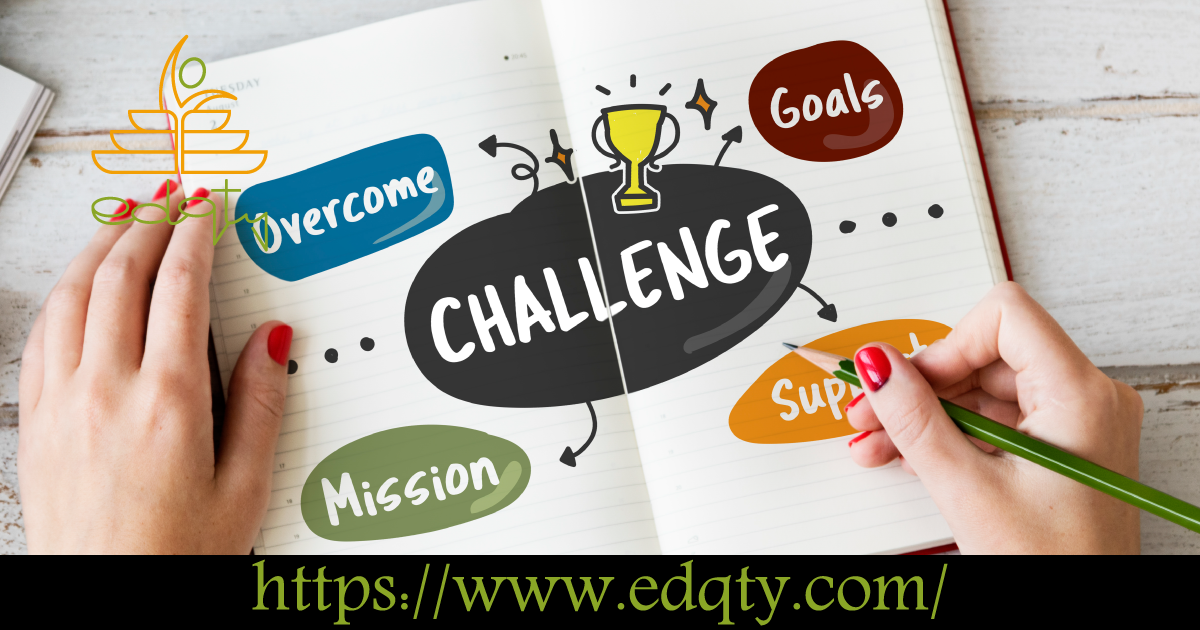
Another challenge includes time management. Most teachers are afraid that the podcast segments won’t fit in their busy schedule. The best alternative is using podcasts as transitions or homework. This ensures you still practice core instruction while giving extra listening practice. Always examine the appropriateness of the content. Preview episodes to ensure they are congruent with your school’s guidelines and cultural sensitivity. You can create listening stations or rotate groups for large classes. Some educators design jigsaw activities, where each group listens to a different episode and shares findings. Using these strategies, you turn potential hurdles into stepping stones for enriched learning.
Extending Podcast Learning Beyond the Classroom
Podcasts aren’t limited to school hours. You can encourage families to listen together at home, turning daily commutes or chore time into learning opportunities. This approach encourages parent-child discussions around episodes, enhancing comprehension and critical thinking. You might assign a weekly podcast and have students write reflection journals. Over time, they develop stronger listening habits that bridge classroom and home environments. You may even include multilingual podcasts for bilingual families, enhancing language practice in both languages. Suggest apps or websites that parents can explore with their children. This way, you end up nurturing a supportive, collaborative culture around podcasts in education.
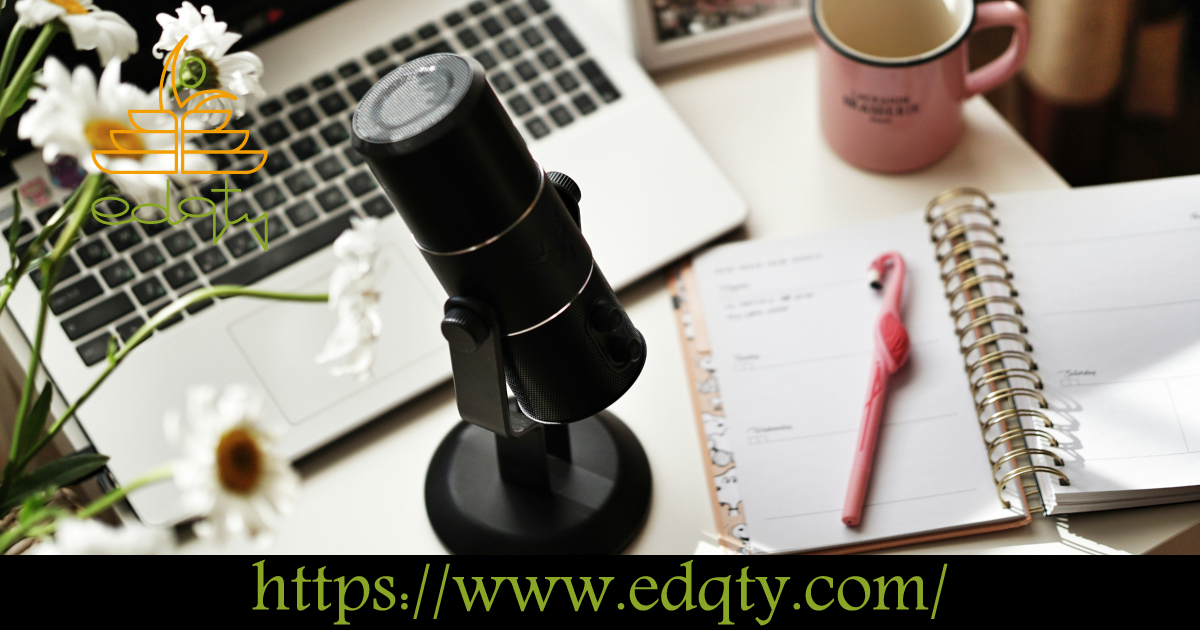
Community engagement also can thrive via podcast projects. Ask local experts or professionals to record guest segments and connect classroom lessons to practical insight. Students could create mini-podcasts on their own, interviewing their neighbors or about local history. This cross-curricular approach will blend communication, research, and technology skills. Co-teachers or schools near your school might extend the understanding of students’ experiences. The students can listen to each other’s episodes, take notes to compare, and hold virtual listening parties. You amplify student voices beyond classroom walls by blending creativity and audio-based learning. It’s an inspiring way to celebrate achievements and strengthen ties between schools, families, and the larger community.
The Lasting Impact of Podcasts in Education
Educators today have more tools than ever to boost engagement, and podcasts in education stand out as a valuable resource. They blend audio-based learning with the power of storytelling, letting students practice active listening. By integrating podcasts into daily routines, you enrich lessons with diverse voices and fresh perspectives. They build vocabulary, spark critical thinking, and strengthen reading comprehension. This approach can go from short bursts to longer explorations, so you can fit podcast episodes into any schedule. No matter what you teach-sciences, literature, current events, or anything else-there is a podcast that supports your goals. This screen-free method unleashes students’ imaginations.
Also Read: Gamification in Education: Empowering Students & Staff
Conclusion: Podcasts in Education
Podcasts represent a versatile tool that can easily adapt to your teaching style. Whether you teach reading comprehension, multilingual support, or connect it to the real world, podcasts in education make your road easier. Podcasts make kids listen carefully and reflect on the ideas. Also, they stimulate meaningful discussions in class. And by choosing material wisely, raising challenges proactively, and making families or local experts part of the process, you create an ecosystem of dynamic audio-based learning. This final step ties together all your efforts, reinforcing knowledge through repeated listening and application. With each episode, students sharpen listening skills, broaden perspectives, and discover the limitless potential of learning through sound.

